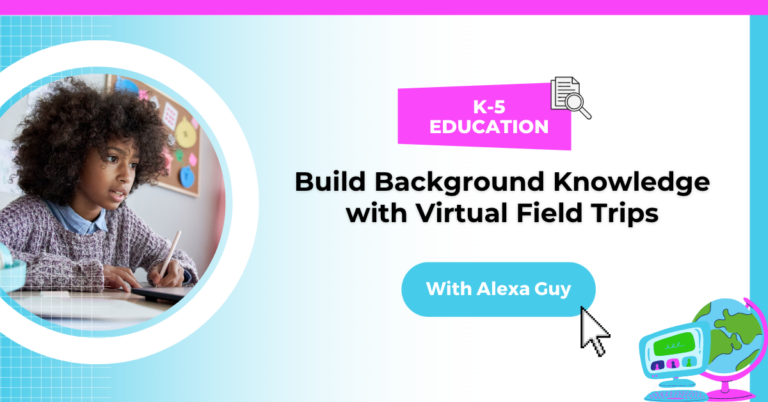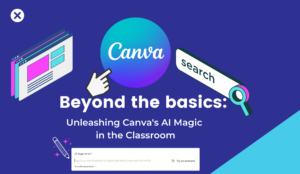I once heard a teacher say “My students are more than their circumstance, they are the opportunities I expose them to.” Virtual field trips are an exceptional way to take students beyond the four walls of the school building to the adventures of the Great Wall of China.
Virtual field trips are a great way to enhance students’ background knowledge and provide them with immersive and interactive learning experiences. By visiting virtual locations and landmarks, students can learn about different cultures, historical events, and scientific concepts in a way that is both engaging and educational. Some popular virtual field trip platforms include Google Earth, Google Arts & Culture, and 360-degree virtual tours. Additionally, many museums, zoos, and other educational institutions have created virtual tours and resources that can be accessed online.
These virtual field trips allow students to explore a variety of subjects, including history, geography, science, and art, and can be used as a supplement to traditional classroom lessons. They provide students with a unique opportunity to see and learn about places they may not otherwise have access to, and can help to build their cultural understanding and empathy. By incorporating virtual field trips into lesson plans, teachers can help to bring new perspectives and depth to their students’ learning experiences.

Virtual Field Trips in Motion
Here are some ideas for virtual field trips that can be used in the classroom:
Virtual Museum Tours: Many museums around the world have created virtual tours of their exhibits, allowing students to explore art, history, and science from their desks.
National Parks: Students can take virtual tours of national parks, including Yellowstone, Yosemite, and the Grand Canyon, to learn about the natural wonders of the United States.
Historical Landmarks: Sites such as the Colosseum in Rome, the Pyramids of Egypt, and the Great Wall of China can be visited through virtual tours.
Space Exploration: NASA offers virtual tours of the International Space Station, as well as interactive simulations of space missions.
Zoo and Aquarium Tours: Zoos and aquariums often have virtual tours and live cams of their animals, allowing students to see and learn about wildlife from all over the world.
Landmark Architecture: Students can take virtual tours of famous buildings, such as the Empire State Building, the Louvre, and the Sydney Opera House.
Cultural and Ethnographic Centers: Virtual tours of cultural centers, such as the Smithsonian National Museum of African American History and Culture, can help students learn about different cultures and their histories.
Science and Technology Centers: Science centers, such as the Exploratorium in San Francisco, have virtual exhibitions that explore various scientific concepts.
These virtual field trips can provide students with engaging and informative learning experiences that can supplement traditional classroom lessons and build their background knowledge in a variety of subjects.
Thanks for checking out my blog about social emotional learning activities in computer science. Want to learn more? Contact us for more information!






